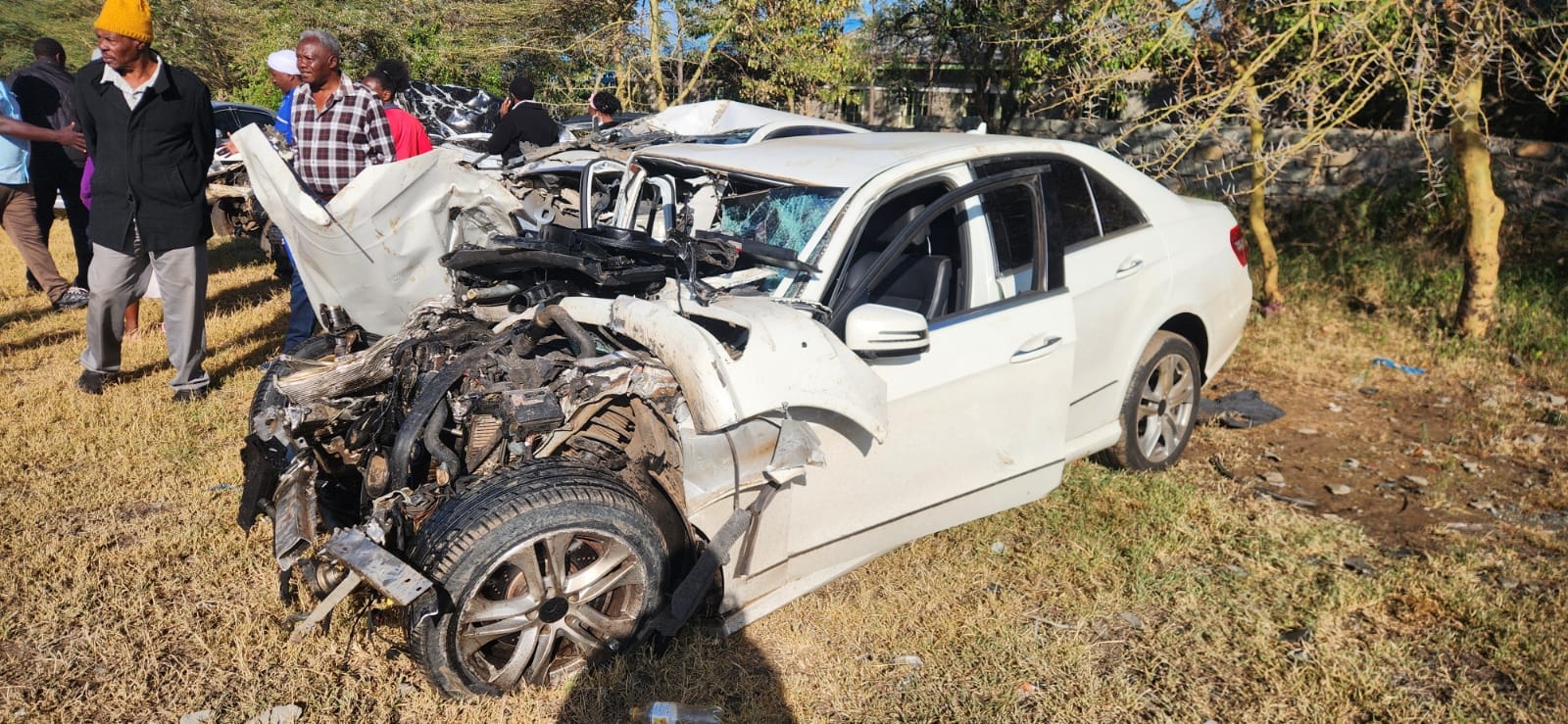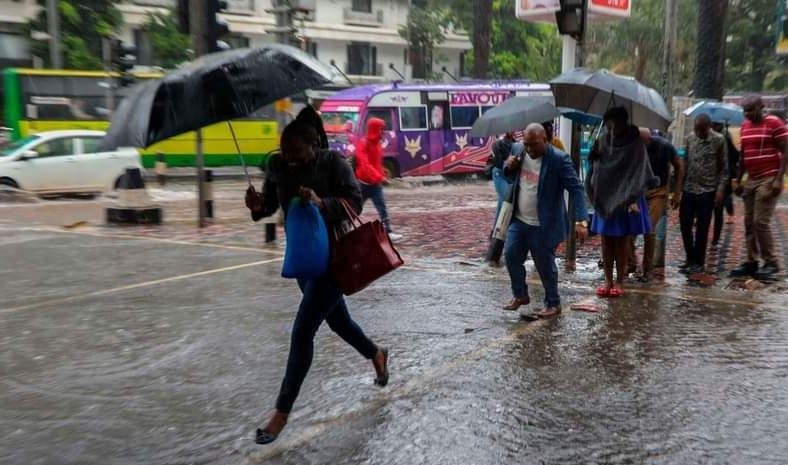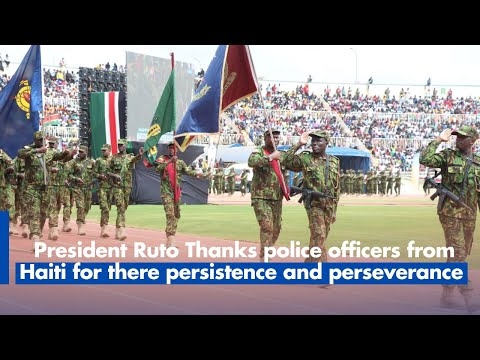Since gaining independence, public protests in Kenya have frequently been spearheaded by grassroots movements to confront political, economic and social injustices. These demonstrations serve to express discontent and demand substantial, transformative governmental changes.
The new Constitution introduced laws such as the National Police Service Act and Service Standing Orders, ensuring that the police uphold their responsibilities professionally and with respect for the law and human rights. These measures assured Kenyans of their freedoms, notably the rights to assembly, demonstration, picketing, and petition, per Article 37 of the Constitution.
Regrettably, the reality contrasts with this intent. The police have adopted a repressive stance when dealing with protests. These include deploying lethal crowd control weapons like tear gas, live ammunition, water canons, and batons to disperse peaceful demonstrators. These methods bear grave health implications.
In 2015, a peaceful protest by schoolchildren against illegal playground fencing in Langata, Nairobi, turned violent as police used tear gas. Three children were injured and affected by the gas.
In 2017, post-election disputes triggered violent protests in opposition strongholds. Police employed live ammunition, tear gas, and batons, conducting aggressive house-to-house operations. Protesters contesting the election outcome were beaten and shot.
Tragically, police action led to the death of Samantha Pendo, a six-month-old baby. A postmortem revealed she sustained fatal head injuries, suspected to have been inflicted by a police baton.
On July 13, 2023, numerous Kenyans peacefully demonstrated against the escalating cost of living and recent changes to the Finance Act that heightened their tax burden. Unfortunately, as is often the case, the police used excessive force to disband nonviolent protestors, resulting in the arbitrary arrest of over 300 individuals and indiscriminate tear gas use.
During these events, in Kangemi, tear gas was recklessly fired into classrooms at Kihumbuini Primary School, leading to the hospitalization of 53 children. In Kisumu and Migori, reports indicate that police equipped with batons, tear gas, and firearms allegedly caused the deaths of 22 peaceful demonstrators who were advocating for affordable living costs.
Kenya Human Rights Commission, International Network of Civil Liberties Organizations and Physicians for Human Rights, on March 23, 2023, unveiled a report titled 'Lethal in Disguise 2'. This revealing document highlighted a staggering statistic: Since 2015, more than 119,000 individuals have suffered injuries caused by tear gas and other chemical irritants during protests across the globe.
The report further revealed a distressing finding: A minimum of 2,190 individuals have sustained serious injuries, permanent disability and even death due to various forms of kinetic impact projectiles deployed by police while managing protests.
Due to these alarming numbers, the report made key recommendations, including the prohibition of rubber bullets, more stringent regulations on the use of weapons that can cause indiscriminate harm and the banishment of weapons that lead to collective punishment.
The obligation to arrange peaceful protests has been manipulated by the police, fostering a climate that allows for the perpetuation of repressive tactics and the use of deadly weaponry in managing public order.
The judiciary played a pivotal role in enforcing police accountability for their use of excessive force and lethal arms during nonviolent demonstrations. A significant instance occurred in October 2022, when a Kisumu court pressed charges against five cops found responsible for the tragic demise of Baby Pendo.
The persistent use of lethal crowd control weapons within Kenya's crowd management framework has eroded the fundamental rights of free expression and assembly. It has also resulted in grave health repercussions for protesters. The unjustified and disproportionate application of force often exacerbates tensions and escalates conflicts, rather than dispersing crowds and quelling dissent.
To rectify this situation, the government must establish a robust policy and regulatory framework that ensures comprehensive oversight and surveillance of the police's ongoing use of lethal crowd control weapons during peaceful demonstrations.
Police should be diligent in avoiding indiscriminate firing of such weapons and refrain from using them from elevated positions. Police must document and communicate all instances of crowd control weapon use, including details like the specific models utilised, distances from affected individuals and deployment duration.
They should also log the quantities of each weapon type deployed and provide comprehensive information about resulting injuries. Furthermore, police must guarantee that protesters have prompt access to adequate medical assistance whenever required.
Senior program adviser, Transitional Justice, at Kenya Human Rights Commission















